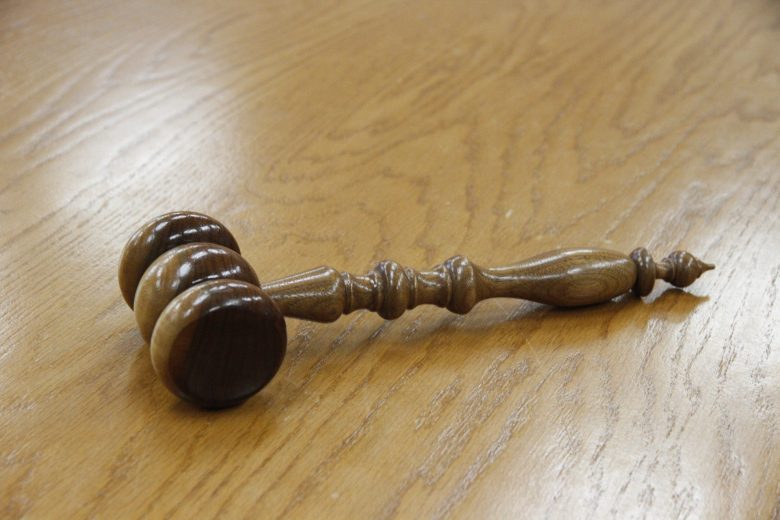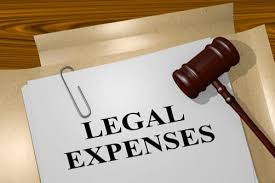Tradie granted partial release from tax debt due to serious hardship
The AAT has granted a taxpayer a partial release from his taxation liability pursuant to s 340-5 of Sch 1 to the Taxation Administration Act 1953 (Cth) after finding that he would suffer serious hardship were he required to repay the whole of the debt.
Facts
The taxpayer was a carpenter who had been running his own building maintenance business via a trust. Following a relationship breakdown, he developed a drug addiction and recommenced a previous gambling addiction. He ended up accumulating debts, being pursued by debt collectors and neglecting his taxation obligations.
In early 2017 the taxpayer’s mother sought assistance from the ATO to stop her son from trading but her request was not actioned. In that same year a bailiff seized the taxpayer’s car. The taxpayer was forced to sell his house in March 2018. Of the surplus proceeds of $234,729 from the house sale, $180,000 was paid into his mother’s bank account. The mother used much of that to repay her son’s various debts (including child support, car registration and insurance expenses, orthodontist fees, a GST debt of $64,000, $15,000 to a debt collection company, a personal loan of $30,000 to herself and $15,475 owed to contractors used by the taxpayer in his business). Soon after, the taxpayer gave up running his own business and took up employment with a company that withheld tax from his salary.
The taxpayer sought to be released from his eligible taxation liabilities of $180,832, comprised of $126,480 of outstanding Pay As You Go Instalments and General Interest Charges (GIC) of $54,351. When the Commissioner refused to release him from his liabilities the taxpayer sought review by the AAT, arguing that he would suffer serious hardship if required to pay them.
At the time of the hearing the taxpayer had ceased gambling and using drugs, earned about $100,000 per annum (of which he had an approximate surplus of $1,097 per fortnight after living expenses) and had 2 daughters living with him (one of whom was an adult earning $1,725 per fortnight). However, due to expenditure of a discretionary nature, he had only $4,000 or so in his bank account. Another $14,000 remained in his mother’s bank account from the house proceeds. In order to determine whether serious hardship existed, the AAT applied the tests provided in Practice Statement Law Administration 2011/17: Debt relief, waiver and non-pursuit, ie the income/outgoing test, asset/liabilities test and other relevant factors test.
Decision
The AAT found that, even if the taxpayer repaid $1,000 per fortnight towards his taxation liabilities, they could not be repaid within a reasonable timeframe, thus the income/expenditure test was satisfied. The taxpayer also satisfied the assets/liabilities test as he had minimal to no assets that could be utilised to pay his taxation liabilities. His remaining funds were left over from the sale of his home, thus it was understandable that he retained them in case of housing or unemployment insecurity and should not be disadvantaged for not having applied them towards his taxation liability. However, the taxpayer had a poor compliance history (he had begun accumulating his current taxation liabilities immediately after a previous release from his eligible taxation liabilities of $59,037 had been granted in October 2014) and had structured his business in a way that contributed to his being in a position of hardship. Although the other relevant factors test weighed against him, the AAT was satisfied overall that the taxpayer would suffer serious hardship if required to satisfy the whole of his eligible taxation debt.
However, the AAT considered that the taxpayer should not be released in whole from his taxation liability as he had surplus funds he could apply towards its repayment. A partial release (ie the GIC component) of the liability would be sufficient to avoid serious hardship and would allow the taxpayer to repay the debt within a more reasonable time. A partial release was also a compromise that balanced the factors in the other relevant factors test that weighed against the discretion being exercised. Accordingly, the AAT set aside the decision under review and substituted it with a decision that the taxpayer be granted a partial release of his debt.
Source: Shaw v FC of T 2022 ATC ¶10-619; [2022] AATA 343, 1 March 2022.









 Foreign Bank Account Being Targeted By the ATO
Foreign Bank Account Being Targeted By the ATO